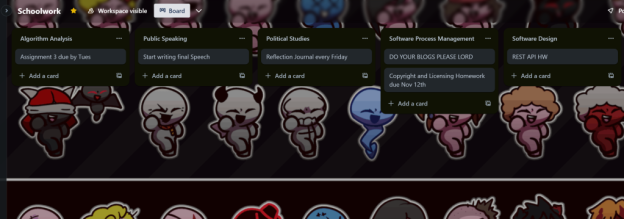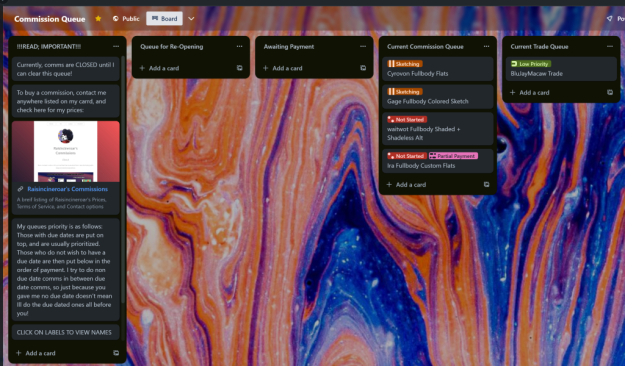A subject that has always been near and dear to my heart is video games. Throughout my life I have always been deeply enamored with games and the process of their creation, from the intricacies of 3d modeling to the various game engines in use. Despite that, I would not say I am an expert in modern game development by any means. As my classes have progressed however, I have begun to understand more about the inner workings of software development and how teams are managed. This led me to investigate how game developers use these tools to manage projects and keep everything orderly. After doing some research, I found that many game engines are compatible with git and have no issue being stored on GitHub. Not only that but prominent game engines like Unreal Engine even have their source code up on GitHub, available for anyone to fork and clone. This was done to allow developers to modify the game engine itself, for whatever purposes they need. Godot is a free open-source engine that uses the MIT license and is also entirely up on GitHub. Of course, even if an engine does not have their code on GitHub or Gitlab that does not mean you cannot just host your code in an online repository. Thanks to what I have learned this semester, I can now make use of GitHub in the creation of repositories for any game projects I have.
It is not enough to learn about how game developers make use of git, project management is also a vital tool for game development. In terms of project frameworks, agile methodologies have seen widespread use within various industries, including the video game industry. Scrum is the most prominent of these methodologies and has been adopted by various companies. Due to the nature of video game development, there is a greater need for cross-disciplined teams comprised of developers versed in various skills. Game development can be effectively chopped up into tasks that fit nicely into each increment, for the medium itself necessitates a functioning step by step pipeline. Level designers cannot do anything without the assets created by artists and so on and so forth. The first couple sprints would work on creating functional assets like 3D models, textures, and game mechanics. The goal of each subsequent sprint would be to create a functional game section by section. I hope to one day make use of scrum and help create a game of my own.
https://www.unrealengine.com/en-US/ue-on-github
https://www.gamedeveloper.com/production/agile-game-development-with-scrum-teams
https://starloopstudios.com/best-agile-practices-in-game-development/
From the blog CS@Worcester Alejandro Professional Blog by amontesdeoca and used with permission of the author. All other rights reserved by the author.


